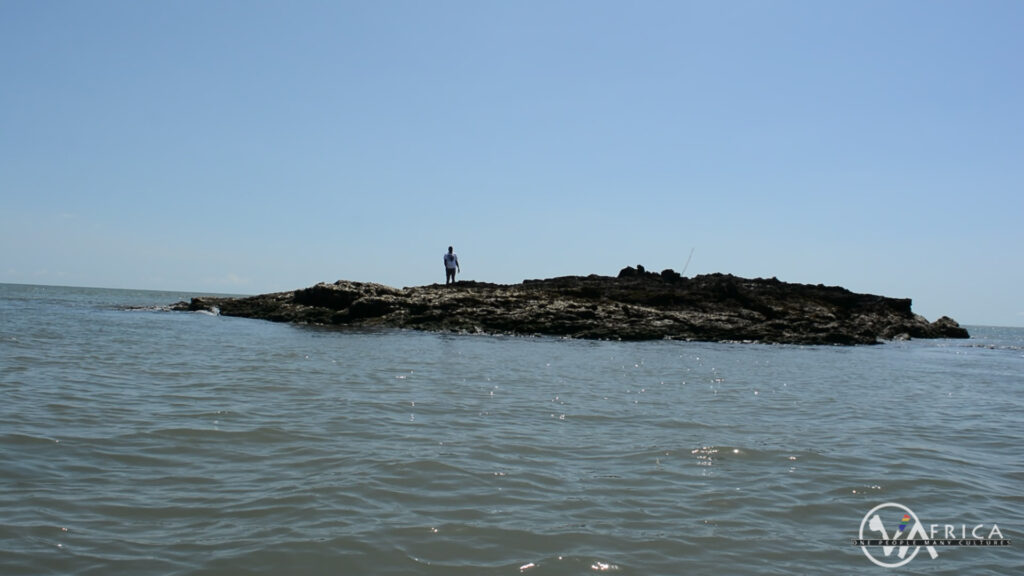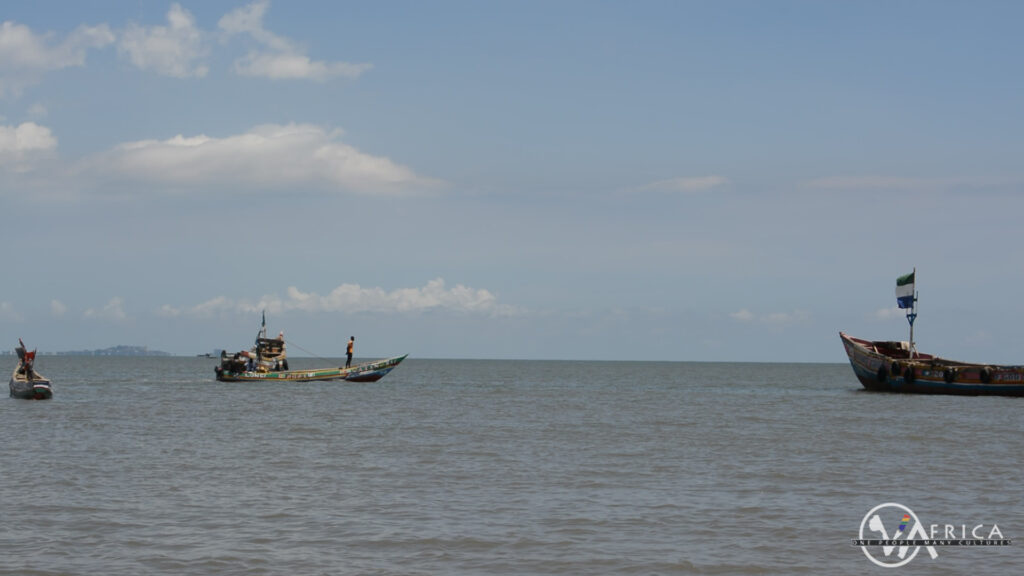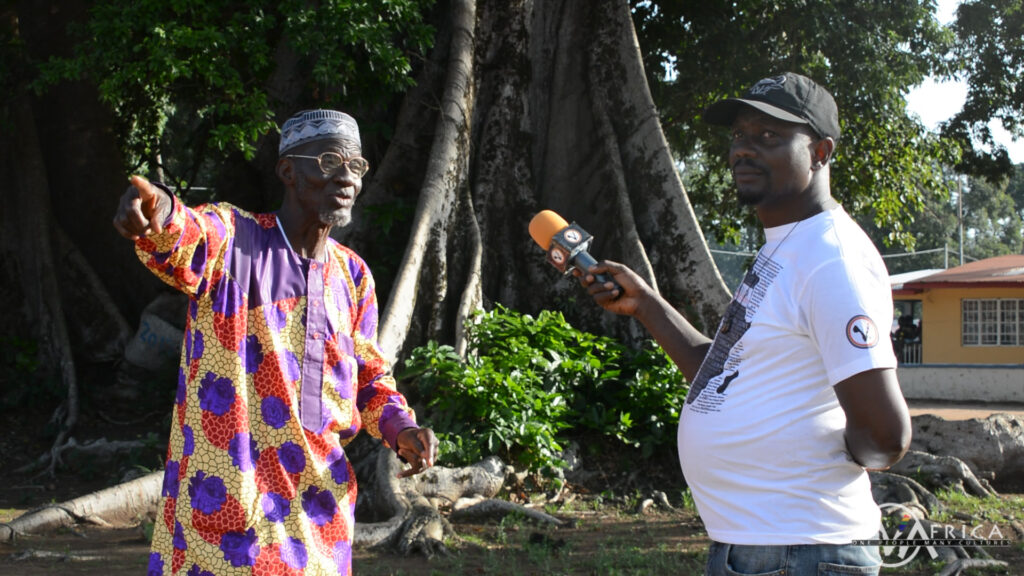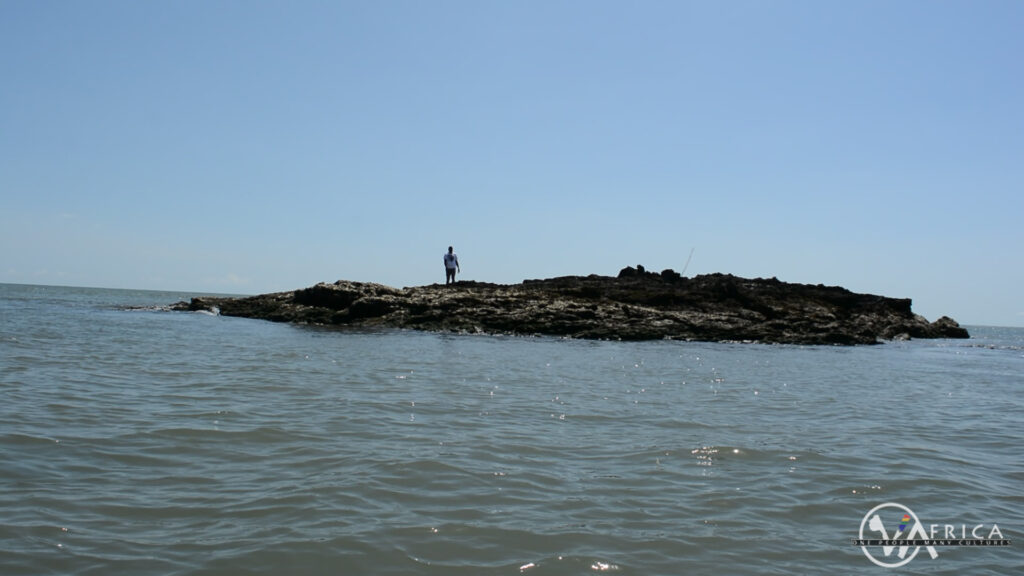Stones, the very fabric of Earth’s crust, have been an integral part of human civilization since time immemorial. These natural resources, often referred to as rocks, are as diverse as the cultures that revere them. From precious gemstones like diamonds to the humble granite, stones have served myriad purposes. In Sierra Leone, a country rich in culture and natural resources, stones are not only used for construction but also hold a deep spiritual significance.
One such stone, the Lungi Stone, is steeped in folklore and tradition. While it may not possess the dazzling appearance of a gemstone, its spiritual significance and the captivating tale associated with it are invaluable treasures to the people of Lungi Town.

Lungi: A Mosaic of Culture
Lungi, a region in the Kafu Bullom Chiefdom of Sierra Leone’s Port Loko District, is a tapestry of towns and villages. The name “Lungi” is believed to have been derived from the Bullom tribal word “ka luka,” meaning “here I see.” The region is a melting pot of cultures, with Lungi Town, locally known as Modia, predominantly inhabited by the Susu people, while the Temne people populate the surrounding areas.

The Legend of the Lungi Stone
At the heart of Lungi Town lies an enigmatic stone, known as the “Lungi Stone” or “Modia Stone.” This stone is not just a rock; it is a symbol of the rich heritage and spiritual beliefs of the Susu people.
According to local lore, several decades ago, twin boys in Lungi Town lived near a massive rock that had been part of the landscape for generations. The boys, mischievous and carefree, would often play and even defecate on this stone. Unbeknownst to them, the stone was the abode of a spirit.
As the boys continued their antics, the spirit grew restless. It sent dreams to the elders, warning them to counsel the boys. Despite the warnings, the boys did not relent. One fateful day, as the boys played atop the stone, it began to move. The spirit, unable to tolerate the desecration of its home any longer, rolled the stone into the sea, taking the boys with it.
This event, witnessed by the townspeople, was both awe-inspiring and heart-wrenching. The stone’s movement was not accompanied by any natural phenomena like wind or rain; it moved with a purpose.

A Blessing in Disguise
The loss of the twins was deeply mourned. However, in the wake of this tragedy, a miracle occurred. A freshwater well emerged on the path the stone had taken. The spirit, witnessing the sorrow of the townspeople, had bestowed upon them a gift. The water from this well was believed to have healing properties and was to be used for spiritual cleansing and protection.
However, with blessings come responsibilities. The spirit laid down rules for the well’s use, which included not selling the water. For a time, the well was revered and attracted visitors from far and wide.

The Lost Oasis
As word spread, the well became a place of pilgrimage. People from all walks of life flocked to it. The caretakers, overwhelmed by the influx, began to sell the water. This act of disobedience led to the well’s disappearance, as mysteriously as it had appeared.

A Legacy Suspended in Time
Today, the Lungi Stone continues its ethereal dance in the sea waters of Lungi Town. The ditch from which it moved remains, a testament to the tale thathas been passed down through generations. Adjacent to the ditch stands the historical Masalicy Mosque, a silent witness to the legend.
The Lungi Stone, with its rich history and spiritual significance, is not just a rock; it is a symbol of the cultural heritage of the people of Lungi. It serves as a reminder of the delicate balance between man and nature, and the responsibilities that come with the blessings we receive.
In a world that is increasingly moving towards modernization, the tale of the Lungi Stone stands as a beacon, reminding us of the importance of respecting and preserving our cultural heritage and spiritual beliefs.
As the stone continues to move in the sea, the legend lives on in the hearts of the people of Lungi. It is a story that will be told for generations to come, a story of spirituality, heritage, and the eternal dance of a stone that once moved to reclaim its sanctity.









